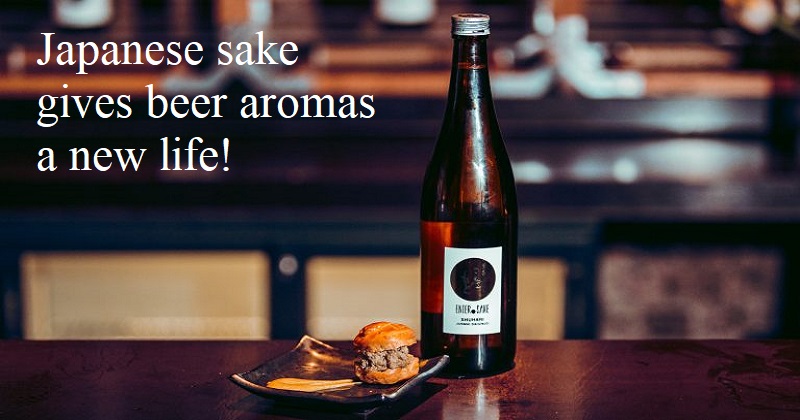
It’s no secret that the flavour of that traditional pint has been degraded by the way we brew lager beer today. Researchers at KU Leuven have now pinpointed the precise cause of this and, more importantly, the solution. Thank you to the banana and saké flavours from Japan. The idea that beer used to taste better in the past is neither a product of naive nostalgia or an insane urban legend. Brewers have been working to restore the flavour that seemed to have faded over the previous 60 years when they first became aware of this fact.
Ironically, the modern method of brewing is to blame for this decline in flavour, according to Johan Thevelein, retired professor of molecular biology at KU Leuven. ‘For many years, horizontal, open fermentation vats were used to make beer. Beer brewers converted to huge, closed, cilinthoraconic kegs in the 1960s and 1970s because they were considerably simpler to maintain, fill, and clean. But because those barrels are closed, the yeast builds up within and builds up pressure from CO2. This pressure prevents the yeast from producing fragrance’.
Choosing the Best Yeast Strain
Thevelein’s team searched for yeast strains that are more resilient to what brewers refer to as the CO2 inhibition in order to address this issue. ‘We mainly concentrated on the synthesis of banana flavour, which is one of the most significant elements of the olfactory profile of all alcoholic beverages’. The scientists eventually developed a yeast strain for Japanese sake that was far better able to withstand that high CO2 pressure. They discovered a mutation in the saké strain, more specifically in the gene in charge of that banana-like flavour, which could largely account for this tolerance to CO2 inhibition.
The saké yeast strain, however, cannot be used to produce beer straight away. ‘ Yeast strains are extremely specialised, according to Thevelein. You must utilise a certain yeast strain to produce a particular beer. You simply receive a different beer if you modify that. The yeast strain in question determines more than 80% of a beer’s fragrance profile. Contrary to popular belief, the grape plays a major role in determining the taste of wine’.
Genetically altered beer
Making changes to yeast genes was the next stage. With the well-known CRISPR/Cas technology, Thevelein and his coworkers were able to precisely cut out and replace specific DNA fragments. ‘That’s how we were able to transmit that one mutation, that one feature, from that saké strain to that pilsner yeast strain,’ said the researcher. This genetically altered yeast should, in principle, result in better-tasting beer. ‘ But the fundamental benefit of an improved yeast strain is that the process conditions – the temperature, the mixing, the cooling – can be altered much more simply with such a more tolerant yeast strain,’ adds Thevelein.
‘Accordingly, it’s not only about the beer tasting better; you also have more options to produce quality beer. This creature is genetically altered (GMO), but exclusively with its own DNA’, according to Thevelein. Such organisms can already be controlled and used as yeast strains in nations like Brazil or the US. But such a deregulation mechanism is not currently in place. This is something that Europe is extremely rigorous about, which hinders the development of the sector.

Post Your Comments